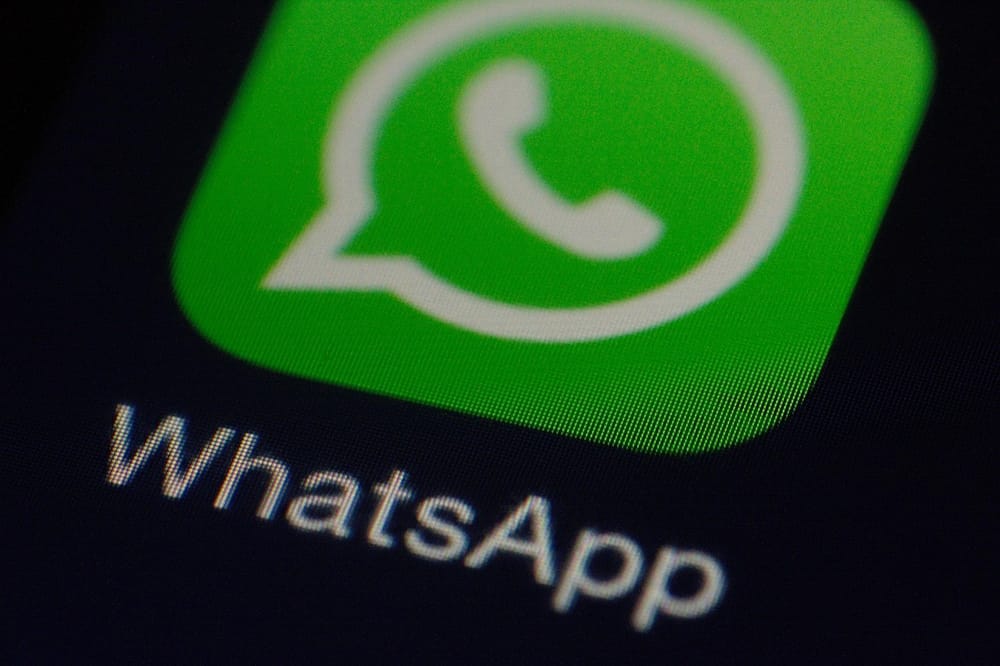Hackers Are Using Macros and Telegram to Steal Data from Government Organizations in Ukraine

CERT-UA, the Ukrainian cybersecurity watchdog, has issued a warning about a highly sophisticated espionage campaign aimed at military innovation centers, law enforcement bodies, and local government offices across Ukraine.
The suspected threat actor, tracked as UAC-0226, has been trying to push fake government-themed documents. The goal is simple: to deliver malware designed to exfiltrate information through Telegram and remote command-and-control (C2) servers.
According to CERT-UA, the campaign has been active since at least February of this year and uses social engineering and malicious Excel macros to deploy a stealer known as GIFTEDCROOK.
Macros with a Mission
The attackers start by sending phishing emails that look like real messages from Ukrainian governmental institutions. The purported email topics include administrative fines, UAV (unmanned aerial vehicle) product catalogs, demining plans, and compensation reports for destroyed property.
The trick is that each email contains an .xlsm file (a macro-enabled Excel spreadsheet), which has embedded Visual Basic for Applications (VBA) macros. Users are asked to enable macros and run the file.
If the target does so, these macros decode base64-encoded strings hidden in spreadsheet cells. The decoded content is written to disk as an executable file without a visible extension, which helps the attackers avoid detection.
The fake Excel documents observed in this campaign include filenames such as:
- Defender ARMY (2).xlsm
- Administrative fines 31.03 of employees.xlsm
- Compensation for destroyed property.xlsm
GIFTEDCROOK in Action
Once launched, the macro drops a file into a hidden directory like %PROGRAMDATA%\Svchost\ and executes it. CERT-UA identified two distinct payload types:
1. PowerShell Reverse Shell
A .NET-based executable runs the PowerShell script kpbkewf32mm.ps1 that immediately connects to a C2 server, opening a reverse shell. This permits attackers to execute commands on the infected computer remotely.
2. GIFTEDCROOK Stealer
Written in C/C++, this malware extracts browser data from Chrome, Firefox, and Edge—including cookies, saved passwords, and browsing history. Everything is compressed and sent to the attacker via Telegram or over the Internet.
Sample stealer storage locations include:
- %PROGRAMDATA%\Windows Telemetry\
- %PROGRAMDATA%\SysAnalyzer\
- %TMP%\nmpoyqv5l0ig\status.zip
CERT-UA has urged organizations and companies to take the following steps:
- Audit email and web server logs for unauthorized access or email activity
- Disable macro execution by default
- Isolate and inspect systems
- Monitor outbound traffic for signs of unauthorized compression or upload behavior
tags
Author
Silviu is a seasoned writer who followed the technology world for almost two decades, covering topics ranging from software to hardware and everything in between.
View all postsRight now Top posts
How to Protect Your WhatsApp from Hackers and Scammers – 8 Key Settings and Best Practices
April 03, 2025
Outpacing Cyberthreats: Bitdefender Together with Scuderia Ferrari HP in 2025
March 12, 2025
Streamjacking Scams On YouTube Leverage CS2 Pro Player Championships to Defraud Gamers
February 20, 2025
How to Identify and Protect Yourself from Gaming Laptop Scams
February 11, 2025
FOLLOW US ON SOCIAL MEDIA
You might also like
Bookmarks








